Automotive Functional Safety and Cybersecurity Platform
LHP will be at the 2018 IoT Solutions World Congress Showcasing Embedded Cybersecurity On a Vehicle Platform
Unlock Engineering Insights: Explore Our Technical Articles Now!
Discover a Wealth of Knowledge – Browse Our eBooks, Whitepapers, and More!
Stay Informed and Inspired – View Our Webinars and Videos Today!
Exploring the future of software-defined vehicles through expert insights.
3 min read
 Megan Verkamp
:
May 14, 2020 7:07:35 PM
Megan Verkamp
:
May 14, 2020 7:07:35 PM
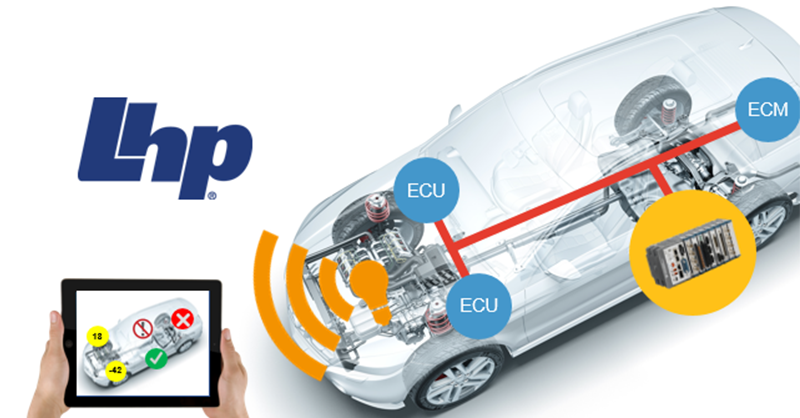
LHP Engineering Solutions, an engineering services provider and technology integrator has brought together National Instruments, PTC, and AASA’s LiFi subsidiary, 01LightComm, to create a framework for an NI-Based Functional Safety and Cyber Security Validation Platform. The demonstration addresses the universal automotive principles of Functional Safety violations resulting from Cyber Security compromises. The impactful automotive demonstration leverages the existing technology available in today’s market, introduces LiFi as a viable V2X communication option, and addresses the specific automotive Functional Safety risks in a Cyber Security realm.
As vehicles are advancing to include autonomy and connectivity, the number of electronic control units and overall complexity is increasing. Thus, on-vehicle cybersecurity violations are becoming a more challenging threat for engineers. Today, a new vehicle can include over 100 million lines of code to monitor everything from ADAS, infotainment systems, blind spot detection, collision avoidance, and vehicle management. The increased complexity poses a greater cybersecurity threat that needs to be addressed immediately. The National Highway Traffic Safety Administration defines Cybersecurity within the context of road vehicles as “the protection of automotive electronic systems, communication networks, control algorithms, software, users, and underlying data from malicious attacks, damage, unauthorized access, or manipulation.” In terms of today’s motorists, manipulation can come in the form of a hacker disabling vehicle communications, disrupting navigation, or interfering with powertrain controls.
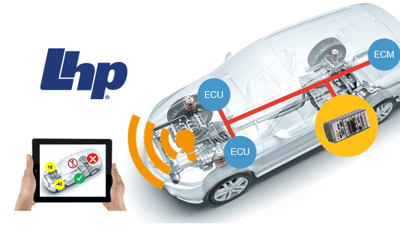
Heads-up and augmented reality visualization, driven by the CompactRIO, to automotive testing process is powered by AASA incorporated and PTC ThingWorx.
The Braking, Steering, Functional Safety, and Cyber Security information from the CompactRIO is sent to the Visible Light Communication (VLC) driver of the car headlight. The driver modulates the light to transmit data, which is then received by the mobile device. The augmented reality app on the device displays the received information from different light sources simultaneously. Transmission of data must avoid unwanted sources of light (disturbance) and unauthenticated sources (based on resource access control).

Managing Cyber Security risk within vehicles is an ongoing effort for OEM’s and technology leaders as the embedded controls of the vehicle continue to advance in complexity. As a member of the Industrial Internet Consortium (IIC), LHP is dedicated to playing an active role in the acceleration of development, adoption, and widespread use of interconnected machines and devices through intelligent analytics. LHP’s goal is to drive and develop the framework necessary for a more connected and safer autonomous future.
LHP and our technology partners are dedicated to ensuring quality across the entire development process including R&D, regulation and compliance, architecture build, and software development. Our mission is to create a safer, smarter, and more connected world by specializing in creating custom, flexible, and comprehensive technology solutions in the automotive space.
About LHP: Since 2001, LHP Engineering Solutions (LHP) has provided engineering services and technology integration for embedded controls, telematics, data analytics, and model-based design. We specialize in creating custom, flexible, and comprehensive technology solutions in the automotive, aerospace, and medical fields. LHP works to provide state of art testing technologies, model-based design concepts, standardized embedded software architecture, and complete workflow solutions for functional safety.
About PTC: PTC (NASDAQ: PTC) is a global software company that delivers a technology platform and solutions to help companies design, manufacture, operate, and service things for a smart, connected world. PTC technology helps companies to quickly unlock the value now being created at the convergence of the physical and digital worlds through the IoT, AR (ThingWorx), 3D Printing, Digital Twin, and Industry 4.0.
About AASA: AASA is Innovative IT, communications, engineering, and R&D solutions provider serving the US Federal Government and commercial clients for over 15 years. AASA founded 01LightComm focusing on Visible Light Communication (VLC) and LiFi research and development. Solutions include LiFi V2X communication, highly accurate Visible Light positioning (for indoor navigation and indoor Robots and Drones), LiFi-based virtual and augmented reality (VR/AR) applications and LiFi enabled IoT.
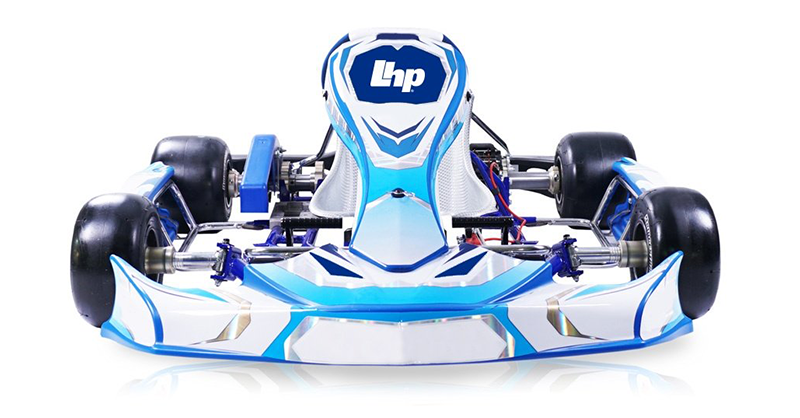
LHP will be at the 2018 IoT Solutions World Congress Showcasing Embedded Cybersecurity On a Vehicle Platform
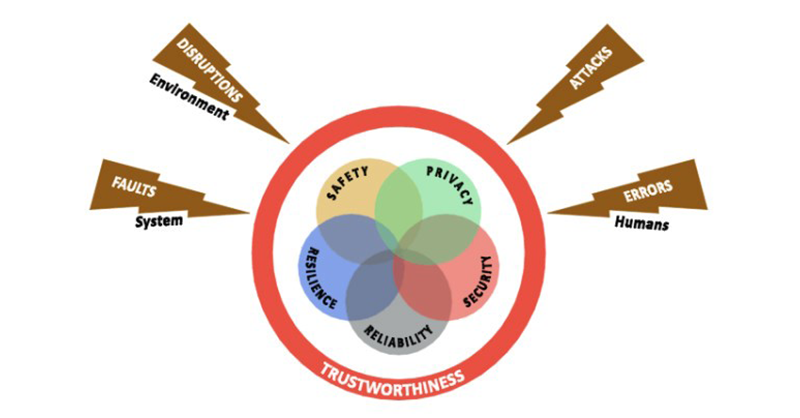
When contending with the complicated and interconnected devices of the Industrial Internet of Things (IIoT), the question of trustworthiness is...
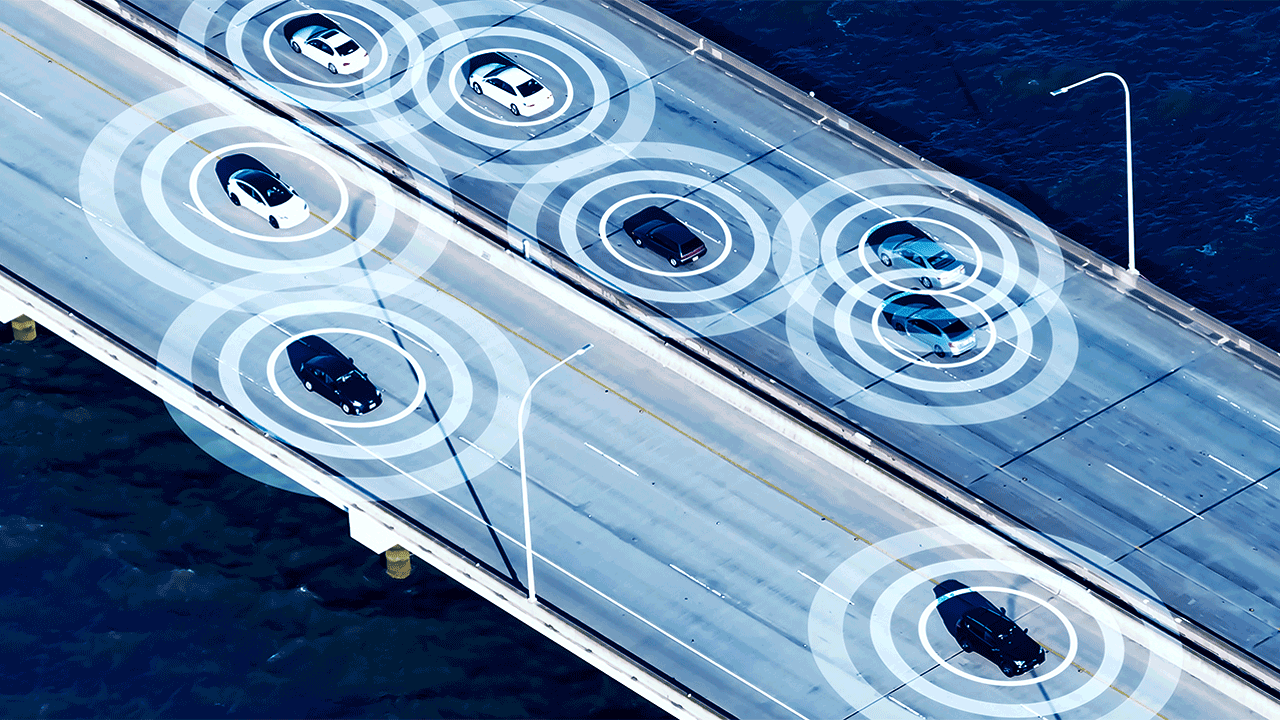
New Developments in Automotive Autonomy Introduction LHP Engineering Solutions is the functional safety leader committed to creating safer...